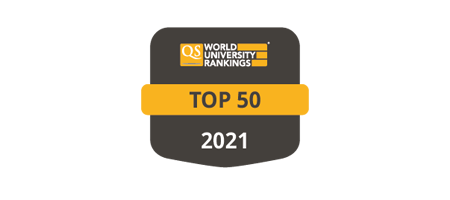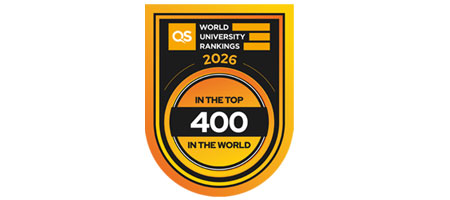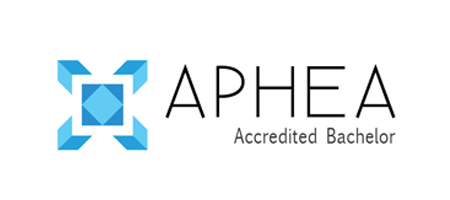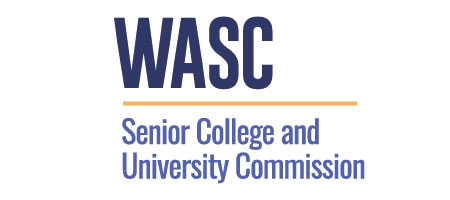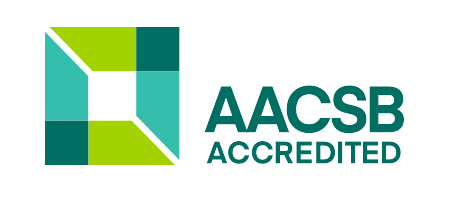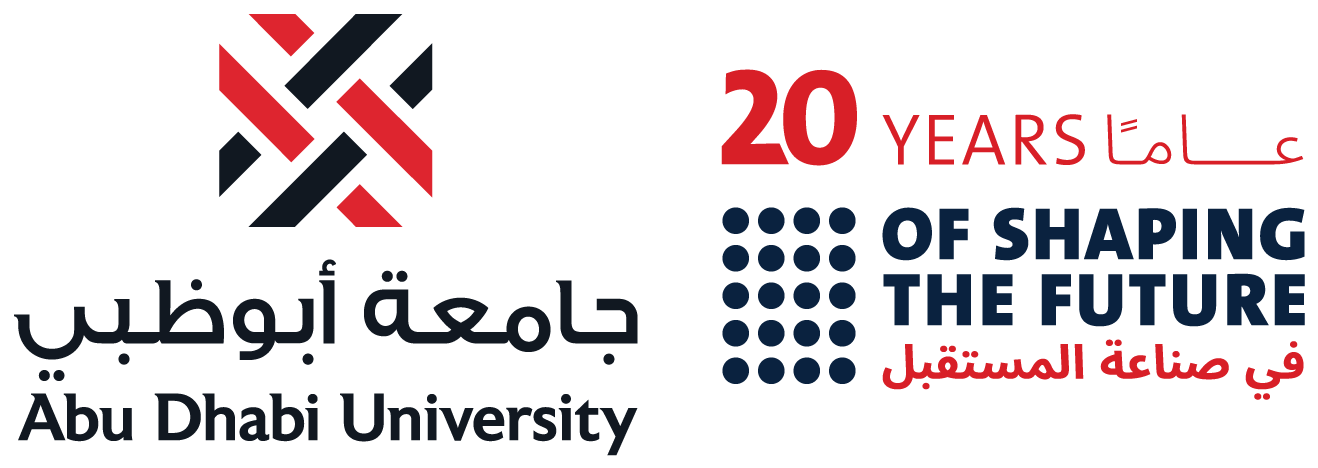The ADU Center for Faculty Development and Learning Innovation is dedicated to supporting Abu Dhabi University faculty in utilizing inclusive, student-centered, and evidence-based learning and teaching practices and in effectively delivering ADU colleges' online courses and programs.
Partners with faculty and staff to lead and inspire
Resources for Teaching
- Bloom's Taxonomy as a Framework for Writing Learning Objectives, click here
- Winne, P. H. (2018). Cognition and metacognition within self-regulated learning. In D. H. Schunk & J. A. Greene (Eds.), Educational psychology handbook series. Handbook of self-regulation of learning and performance (p. 36–48). Routledge/Taylor & Francis Group.
- Nielsen, T. (2014). Intellectual style theories: different types of categorizations and their relevance for practitioners. SpringerPlus, 3, 737. http://doi.org/10.1186/2193-1801-3-737.
- Biggs, J. B. (2003). Teaching for quality learning at university: What the student does (2nd ed.). Buckingham Open University Press/Society for Research into Higher Education.
- Cassidy, S. (2004). Learning Styles: An overview of theories, models, and measures. Educational Psychology, 24(4), 419-444.
- Suskie, L. (2018). Assessing Student Learning: A Common-Sense Guide (3rd edition). Jossey-Bass Publisher.
- Charles Secolsky, D. Brian Denison (2018) Handbook on Measurement, Assessment, and Evaluation in Higher Education. 2nd ed. Routledge
- Gulikers, J. T. M., Bastiaens, T. J, & Kirschner, P.A. (2004). A five-dimensional framework for authentic assessment. Educational Technology Research and Development, 52(3), 67-86.
- Stassen, M., Doherty, K. & Poe, M. (n.d.). Course-Based Assessment. Methods for Understanding Student Learning. Office of Academic Planning and Assessment. The University of Massachusetts Amherst.
- https://www.queensu.ca/teachingandlearning/modules/assessments/index.html
- https://www.aupress.ca/app/uploads/120279_99Z_Conrad_Openo_2018-Assessment_Strategies_for_Online_Learning.pdf
- https://www.nwea.org/blog/2020/19-formative-assessment-strategies-for-online-teaching/
Partners with faculty and staff to lead and inspire
Online Resources
- Classroom Assessment Techniques. Iowa State University. Available at https://www.celt.iastate.edu/teaching/assessment-and-evaluation/classroom-assessment-techniques-quick-strategies-to-check-student-learning-in-class/
- Finley, T. (2014). Dipsticks: Efficient Ways to Check for Understanding. Available at https://www.edutopia.org/blog/dipsticks-to-check-for-understanding-todd-finley
- Classroom Assessment Techniques (CATs). Vanderbilt University. Available at https://cft.vanderbilt.edu/guides-sub-pages/cats/
- Abdul Rahman, S. & Alwi, A. (2018). The inclusion of cultural diversity in higher education curriculum design. International Journal of Contemporary Educational Research, 5(2), 87-94. DOI: http://dx.doi.org/10.33200/ijcer.479054. Click here.
- Areekkuzhiyil, Santhosh. (2019). Assessment Practices in Higher Education: Myths and Realities. University News, 57(11), 18-20. Click here.
- Badry, F (2019). Expanding the UAE's Higher Education Horizon: Path Toward a Sustainable Future, Education in the United Arab Emirates Innovation and Transformation.
- Barber, W., Taylor, S.A., & Buchanan, S. (2014). Empowering Knowledge-Building Pedagogy in Online Environments: Creating Digital Moments to Transform Practice. Electronic Journal of e-Learning, 12, 128-137. Click here.
- Bonfiglio-Pavisich, N. (2018). Technology and Pedagogy Integration: A Model for meaningful technology integration. Australian Educational Computing, 33. Click here.
- British council (2018). Future skills supporting the UAE's future workforce. Click here.
- Brown, Sally (2015). A review of contemporary trends in higher education assessment. Click here.
- Conole, G (2014). The 7Cs of Learning Design – a new approach to rethinking design practice. Click here.
- Drake, Lynne, Kayser, Micaela, Jacobowitz, Robin. (2016). The Flipped Classroom. An Approach to Teaching and Learning. (A 2020 Vision for Public Education in Ulster County, July 2016). New Paltz, NY: State University of New York at New Paltz, Benjamin Center for Public Policy Initiatives. Click here.
- Gibson, Suanne & Baskerville, Delia & Berry, Ann & Black, Alison & Norris, Kathleen & Symeonidou, Simoni. (2016). 'Diversity' 'Widening Participation' and 'Inclusion' in Higher Education: An International study. Widening Participation and Lifelong Learning. 18. 7-33. 10.5456/WPLL.18.3.7. Click here
- KPMG International (2020). The future of higher education in a disruptive world. Click here
- MOEDU-SAIL (2021). Data-based decision making in practice. Click here.
- Moshman, David (2017). "Academic Freedom as the Freedom to do Academic Work." Faculty Publications, Department of Psychology. 1038. Click here.
- Leon Benade (2015) Teachers' Critical Reflective Practice in the Contextof Twenty-first Century Learning, Open Review of Educational Research, 2:1, 4254DOI:10.1080/23265507.2014.998159. Click here.
- Malini Mittal Bishnoi (2020). Flipped classroom and digitization: an inductive study on the learning framework for 21st century skill acquisition. Journal for Educators, Teachers and Trainers, Vol. 11(1). 30- 45. Click here.
- Mason, J., Shaw, G., & Zhang, D. (2019). Shifting Pedagogies and Digital Technologies—Shaping Futures in Education. Click here.
- Patricia Fox and Stephen Hundley (2011). The Importance of Globalization in Higher Education, New Knowledge in a New Era of Globalization, Prof. Piotr Pachura (Ed.), ISBN: 978-953-307-501-3, In Tech. Click here.
- Sharpe, Rh (ED) (2013). Rethinking Pedagogy for a Digital Age: Rethinking Pedagogy for a Digital AgeDesigning for 21st Century Learning, second edition. Taylor & Francis.
- Wright N. (2018) Framing Learning Spaces: Modern Learning Environments and 'Modern' Pedagogy. In: Becoming an Innovative Learning Environment. Springer, Singapore. Click here
